It’s been a whirlwind year for news related to natural resources policy, rural issues, and the matters that are most important to America’s future. We at Free Range Report extend our thanks for your donations and support. Hang on for the wild ride coming in 2018!
JANUARY
Amateur geologist harassed by feds over legally-obtained fossils takes own life
Robert “Bob” Weaver moved to Cody, Wyoming after his wife passed away in 2001. He loved Geology, fossils, archaeology, and history. When Weaver’s wife passed away from cancer, it took its toll on him. He began seeing a therapist for issues related to anxiety and PTSD, according to his close friend, Larry Roop. Being a rock hound and spending time mining and exploring were therapeutic for Weaver who, according to all accounts, was one of the kindest guys you would ever meet.
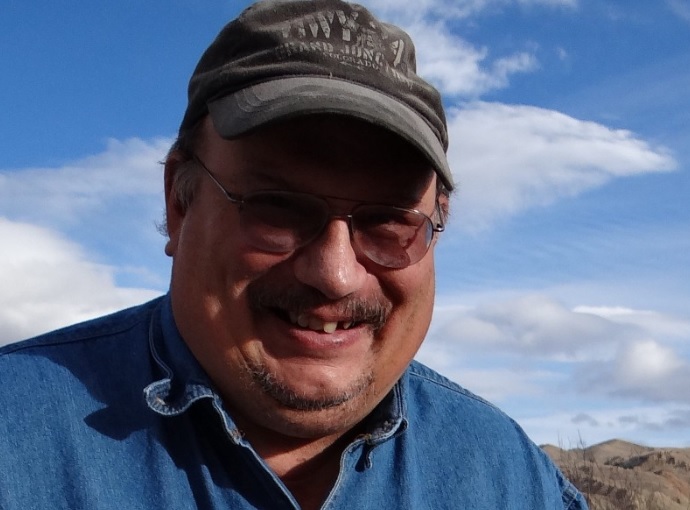
Over the years, Bob Weaver became known as “Bob the Geologist,” and he often shared his knowledge and love of rock hunting with others. Bob spent a lot of time learning about fossils, which lead him to make some great discoveries. His friends claimed that his skills were so keen that other rock hunters in Cody were jealous of Bob’s uncanny ability to find fossils. It’s possible that this jealousy is what lead others to make false reports about Bob’s activities to the US Forest Service (USFS), or possibly the Bureau of Land Management (BLM). On one occasion the USFS discovered a cave that had been potholed by someone. When agents started asking around, apparently a person that didn’t like Bob blamed the destruction on him.
After investigating the incident, the USFS concluded that the allegations against Bob Weaver were false and declined to take any action against him. Despite his innocence, federal land agencies in the area began to harass Weaver anytime they caught wind of alleged prohibited activities. Time and time again, the BLM and other agencies hounded Weaver, but were unable to take action because they lacked proof of any wrongdoing.
FEBRUARY
Legacy of Kindness: James Redd, the man bullied to death by the BLM
Dr. James Redd was one of the first direct victims of overwrought 21st Century federal militarism against unarmed, law-abiding citizens, and his story came to vex the press and disquiet the national conscience. On June 11, 2009, Dr. Redd, a beloved small town physician, family man and church leader, took his own life following a protracted and sadistic interrogation the previous day by federal agents looking for evidence of looting in his home.

Operation Cerberus Action, headed by the controversial Bureau of Land Management (BLM) agent, Dan Love, targeted dozens of local folks in Utah, Arizona, and New Mexico who were suspected of taking part in a million dollar Native American antiquities black market. Despite the fact that arrow tips, pottery shards, beads and other Anasazi items can literally cover the ground in some areas near his hometown of Blanding, Utah, Dr. Redd himself, was not terribly interested in collecting artifacts. This was evidenced in actual conversations recorded during the federal informant’s time in his home. But his wife and daughter enjoyed the hobby of picking up and preserving various antiquities common to the region, and did so, not unlike many people throughout the Southwest who would rather preserve ancient relics than see them ground to dust underfoot.
But Dr. Redd, with his nice house on the hill, his impeccable reputation in the community, and his irreproachable kindness, became a target for the BLM and FBI agents working Operation Cerberus. His home was one of many raided by more than a hundred agents in military-style body armor and carrying automatic weapons, that summer day. [Please go here to read more about Operation Cerberus and the actions of federal agents] But the treatment of Dr. Redd was beyond cruel, and the trauma of the raid left his family bewildered and stunned, and left him desperate for a way to relieve his wife and daughter of the potential for federal charges, trials and incarcerations. On the morning of June 11, Dr. Redd was found deceased in his Jeep. He had done for his family what many others in the community knew he would to do for everyone he met. He gave it all he had.
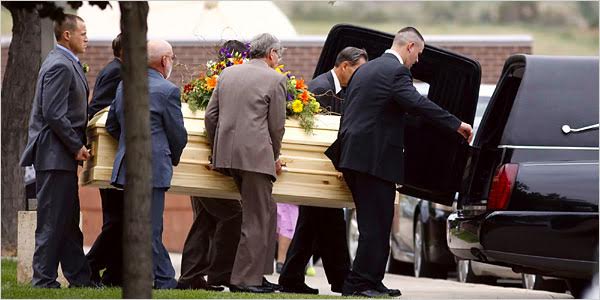
The letters below belong to Redd’s widow, Jeanne, and his children, and were delivered to them following the death of their beloved patriarch.
MARCH
Patagonia and the politics of subsidized public lands recreation
Yvon Chouinard, the founder of the outdoor-gear company Patagonia, is arguably the godfather of his industry. So when Mr. Chouinard called for a boycott of the biannual Outdoor Retailer trade shows in Salt Lake City, his peers paid attention. The problem, Mr. Chouinard said, was the state of Utah—specifically its stance on federal land management.
At its core, the argument is over Bears Ears National Monument, which President Obama created in December. The state Legislature has passed a resolution asking President Trump to rescind the designation, which covers 1.35 million acres in southeastern Utah—and also to reduce the size of the 1.9-million-acre Grand Staircase-Escalante National Monument, designated by President Clinton in 1996.
Both monuments were created unilaterally, by the stroke of the president’s pen, under the 1906 Antiquities Act. The rules they fall under favor leaving the land wild for recreation while discouraging oil and gas development. But Utah’s leaders think a better balance can be struck between setting aside some areas as wilderness and devoting others to resource development.

This hasn’t made Mr. Chouinard happy. Patagonia sent camera crews to Bears Ears to produce “an interactive film experience” that it is screening throughout March at stores from San Francisco to New York. Activists have also targeted the Outdoor Retailer shows, which have been held in Salt Lake City since 1996 and bring an estimated 45,000 visitors and $40 million every year. Last month the shows’ sponsor announced it would leave Utah next year, saying that the state’s position on federal lands was “bad for our American heritage, and it’s bad for our businesses.” Other states—Montana, Colorado, Oregon—are now trying to woo the event by pledging their love and devotion for federal lands.
In fact, profits from recreation are what drive the politics of federal land management. More wilderness for backpackers means that wealthy, healthy Gen Xers and millennials will buy more backpacks, tents, boots, mountain bikes and high-tech clothing for trekking into the backcountry. To take one example, the Theodore Roosevelt Conservation Partnership, which is calling on the Trump administration to budget more for “intact, working landscapes,” has argued that outdoor recreation generates $646 billion in direct spending while supporting six million jobs.
But the foundation of these profits is an enormous subsidy from the American taxpayer.
APRIL
Bundy Ranch jury ‘hopelessly deadlocked,’ Navarro declares mistrial
LAS VEGAS — A federal judge declared a mistrial Monday against four men accused of taking up arms against federal agents during the Bundy Ranch standoff in 2014.
A jury convicted two defendants on multiple counts but could not reach a unanimous verdict against four others.
U.S. District Court Judge Gloria Navarro said the four men will be retried June 26.
The case was the first of three trials against 17 defendants charged in the standoff, which pitted cattle ranchers, anti-government protesters and militia members against the Bureau of Land Management.
Navarro’s decision will delay the start of the second trial against cattle rancher Cliven Bundy and his sons, Ammon and Ryan Bundy, who are described by prosecutors as the leaders of the standoff.
The jury told Navarro on Monday morning that it was “hopelessly deadlocked” and could not reach verdicts on the four defendants.
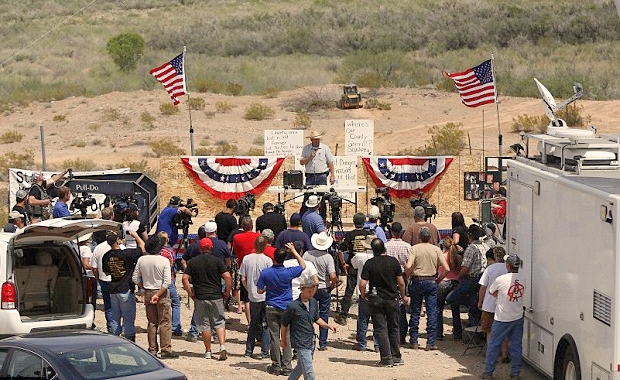
MAY
78 year-old Navy veteran, Joe Robertson, imprisoned for ‘EPA crimes’
DENVER — Friends of 77-year-old Joe Robertson describe him as self reliant, kind and gentle.
“He has a kind heart. He served our country. He’s a veteran,” said Lindsay Szymanski, a friend of Robertson’s.
Robertson owns property near Big Limber Gulch in Jefferson County, Mont.
He excavated several ponds on his property for livestock and fire mitigation. But the Environmental Protection Agency did not like that idea and told him to stop. Robertson, with his stubborn side showing, dug the ponds nevertheless.
The EPA alleged Robertson allowed dirt from the ponds to enter a tributary of nearby Cataract Creek.
The federal agency subsequently charged and convicted Robertson of three counts of destruction and degradation of publicly owned property. He was sentenced to 18 months in a federal prison.
The merits of the conviction are troubling to family and friends but right now, their first concern is Robertson’s health.
“He is in Colorado being abused and neglected. He’s being denied visitors. He’s isolated. They put in solitary, (confinement) for a week,” Szymanski said.
Physically weak, Robertson said he recently passed out in a prison counselor’s office.

JUNE
FBI agent involved in LaVoy Finicum killing indicted for lying to obstruct justice
An FBI agent has been indicted on federal accusations that he lied about firing at Robert “LaVoy” Finicum last year as police arrested the leaders of the Malheur National Wildlife Refuge occupation.
The agent will face allegations of making a false statement with intent to obstruct justice, according to sources familiar with the case.
The indictment stems from a more than year-long investigation by the inspector general of the U.S. Department of Justice. The agent will be identified when he’s summoned to appear in U.S. District Court in Portland at 1:30 p.m. Wednesday.
Investigators said a member of the FBI’s elite Hostage Rescue Team fired at Finicum as his pickup crashed into a snow bank at a roadblock on U.S. 395. Finicum had just sped away from a surprise traffic stop on the rural highway as the occupation leaders traveled off the refuge to a community meeting Jan. 26, 2016.
The agent’s bullets didn’t hit Finicum, 54, an Arizona rancher who was the spokesman for the armed takeover of the federal sanctuary near Burns in Harney County. Moments later, state police troopers shot Finicum three times after he emerged from his white truck and reached for his inner jacket pocket, where police said he had a loaded 9mm handgun. One bullet pierced his heart, an autopsy found.
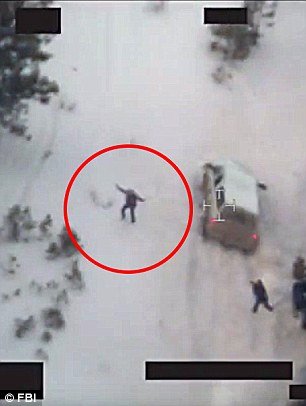
Assistant U.S. Attorney Charles Gorder Jr. revealed in court papers last June that a grand jury was reviewing the FBI actions. Gorder was explaining the government’s desire to keep its memorandum about the inspector general’s investigation out of the hands of defense lawyers representing other occupation leaders on federal conspiracy charges.
The FBI and state police had moved in on Ammon Bundy and other key figures as they were driving in two vehicles from the refuge to a meeting in John Day. Finicum initially stopped but then raced off from police, and less than a minute later swerved into the snow to avoid the roadblock set up by FBI and state police.
As Finicum left his truck, an FBI agent shot twice at Finicum, though none of the hostage team members admitted to discharging their firearms, the Deschutes County sheriff alleged. The county sheriff’s office was tasked with investigating the Finicum shooting.
Investigators find evidence that an FBI agent fired at Finicum, but later denied it. His bullets didn’t hit Finicum or contribute to his death. The investigation found two state troopers were justified in shooting the occupation spokesman three times in the back.
JULY
Utah RS-2477 roads court victory could impact other cases throughout the West
Over a decade of bureaucratic overreach on state and county-owned roads has resulted in a number of lawsuits brought by several Utah counties against the federal government. Recently, the extremist environmental group, Southern Utah Wilderness Alliance (SUWA), joined the feds as an appellee in a lawsuit brought by Garfield and Kane Counties, and the State of Utah. The State and counties sued over ongoing attempts by federal bureaucrats to claim title to thousands of miles of historical county roads throughout Utah. Contending that the RS-2477 statute, under which the roads were established, no longer applies and that federal management agencies now control the roads in question, SUWA chose to intervene in behalf of the feds in the lawsuit. The United States government sought title on public lands roads and trails so the federal bureaucracy would have the final say regarding road closures, and what forms of travel would be allowed. On July 26, the Utah Supreme Court decided against the feds and SUWA, and the following day, the Utah Attorney General’s website posted this summary:
SALT LAKE CITY July 27, 2017 – In an opinion filed on July 26, the Utah Supreme Court agreed with the State of Utah and some of its Counties in their dispute against the federal government about the State’s ownership of historic roads across federal land. As federal law allows, the State and its Counties sued the United States to obtain title to more than 10,000 such roads—roads still used today for recreation, ranching, sightseeing, hunting, and fishing, among other things. But the United States, joined by the Southern Utah Wilderness Alliance, argued that the State’s and Counties’ title claims were untimely based on a provision of Utah law that never had been applied to such claims.
The Utah Supreme Court’s opinion rejects the federal government’s efforts to paint the State’s claims as untimely under Utah law. According to the Court, the United States’ and SUWA’s arguments “would effectively deprive the State of its” claims to thousands of roads—even roads that have existed and been used for more than 100 years. The Court called that result “completely nonsensical” and “so overwhelmingly absurd that no rational legislator could ever be deemed to have supported” it.
“I applaud the Utah Supreme Court’s common-sense decision in this important case,” said Utah Attorney General Sean D. Reyes. “The Court correctly recognized the absurdity of the federal government’s arguments, which have now added two years of delay and taxpayer expense to the State’s efforts to obtain the title to roads that federal law has long promised. I hope the Court’s decision convinces the United States now to work collaboratively and quickly with Utah and its Counties to resolve these title claims.”
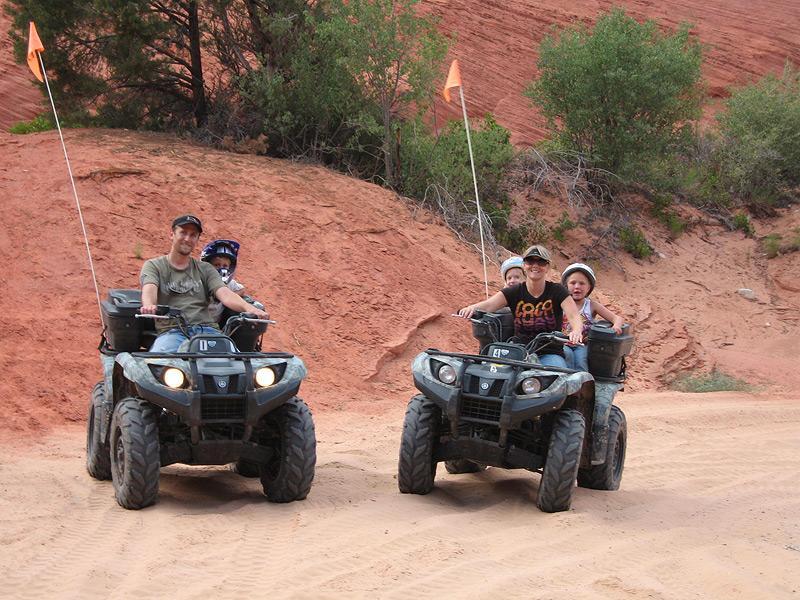
visitsouthernutah.com
AUGUST
Synopsis of Dan Love’s criminal activities laid out in OIG report
Although Dan Love’s history of malfeasance and cruelty reaches years into the past, as documented in an earlier FRR article, the Interior Department’s Inspector General (OIG) investigation into his official misconduct deals only with instances reported by other personnel who worked directly with him. Referred to as ‘Senior BLM Law Enforcement Manager’ (senior manager) in the OIG’s report, issued on August 24, 2017, Love’s acts of misconduct range from theft, to evidence tampering, to destruction of federal records.
•Dan Love ordered a subordinate to take geological oddities, known as ‘Moqui marbles,’ from evidence so he could give them as a gift to a contractor who was doing work for the BLM Office of Law Enforcement Services (OLES). The Moqui marbles had been confiscated and placed into evidence as part of a criminal investigation of theft from a national park. Between 2012, when the Moqui marbles were seized, and 2016, Love handed them out to numerous BLM agents and OLES personnel. The objects stolen and distributed by Love held significant market value. According to the report:
In 2012, BLM OLES special agents seized thousands of moqui marbles as evidence during an investigation into allegations that the marbles had been collected illegally from a national park. These marbles were eventually stored in the OLES evidence room, located in the BLM State Office in Salt Lake City.
After the marbles were seized, the BLM asked a University of Utah professor who has studied the moqui marbles (see Figure) at the park to inspect the seized marbles, determine whether they were unique to the park, and estimate their dollar value.
We interviewed the professor and reviewed her February 2013 report on the seized marbles as part of our investigation. The report concluded that, based on their physical characteristics (golf-ball size, shapes, patina, etc.) and abundance, the seized marbles did come from the park. The report estimated the total wholesale value of the seized marbles at between $80,000 and $260,000, with a total retail value of $160,000 to $520,000.
•The subordinate whom Dan Love instructed to removed the marbles was intimidated by him. According to the report:
The subordinate told us he “had a bad feeling” about removing the marbles from evidence, but he did not question the instructions because the senior manager was a law enforcement official and was “scary.” The subordinate said he knew at the time the marbles were evidence in an ongoing criminal prosecution.

SEPTEMBER
Obstructionist enviro lawsuits blamed for severe Montana wildfires
In the midst of Montana’s severe fire season, a heated debated has reignited over forest management, with a group of Montana Republican lawmakers arguing that lawsuits halting logging projects are elevating wildfire dangers, while critics counter that GOP lawmakers are at fault for not recognizing climate change and failing to properly fund federal agencies.
U.S. Sen. Steve Daines, Rep. Greg Gianforte and Interior Secretary Ryan Zinke recently toured the Lolo Peak Fire, which has burned nearly 40,000 acres, forced numerous evacuations in the Lolo and Florence areas and cost more than $34 million.
“Montanans are saying we are tired of breathing the smoke,” Daines said on the tour, according to Montana Public Radio. “We are tired of seeing these catastrophic wildfires. And either we are going to better manage our forests, or the forests are going to manage us.”
Daines blames “extreme environmental groups” that have sued the U.S. Forest Service for halting logging and thinning projects that he says could reduce large amounts of fuel and help prevent wildfires.

Read the full report here
OCTOBER
Water Wars: Feral horses and wildlife vie for scant range water resources
In the West everything is determined by water, or the lack thereof. Wild horses are the largest animals on the Western range, which is primarily arid sagebrush country, where water is scant, and subject to seasonal changes. Thirsty, robust, and domineering, wild horses in some horse management areas (HMA’s) appear to be driving native wildlife away from natural and improved water sources. A 5-years study conducted by Claremont McKenna College and Brigham Young University, which focused on the presence of wild horses vs wildlife; large ungulates, such as mule deer, desert big horns, prong horn antelope, various birds, small mammals, at 44 water sources in the Great Basin region of Utah, has revealed an unseen war over water, and its troubling implications.
The study, which began in 2010, studied watering areas where wild horses were present, or Horse Included (HI), and areas where there were no horses, or Horse Excluded (HE). The HE areas used fencing to keep horses out of the water sources, so that comparisons could be made between the number of wildlife visitations at the HE and HI areas could be made. During the first year of the study, motion sensor cameras took 101,496 photos of wildlife. The results were 48,268 photos of native wildlife at 25 water sources, and 53,228 photos of feral horses at 12 water sources. And there were stark differences in the richness and diversity of wildlife between the Horse Excluded and Horse Included areas. The conclusions drawn from the data do not bode well for those HMA’s where wild horse overpopulation is already negatively impacting the range and its native species.
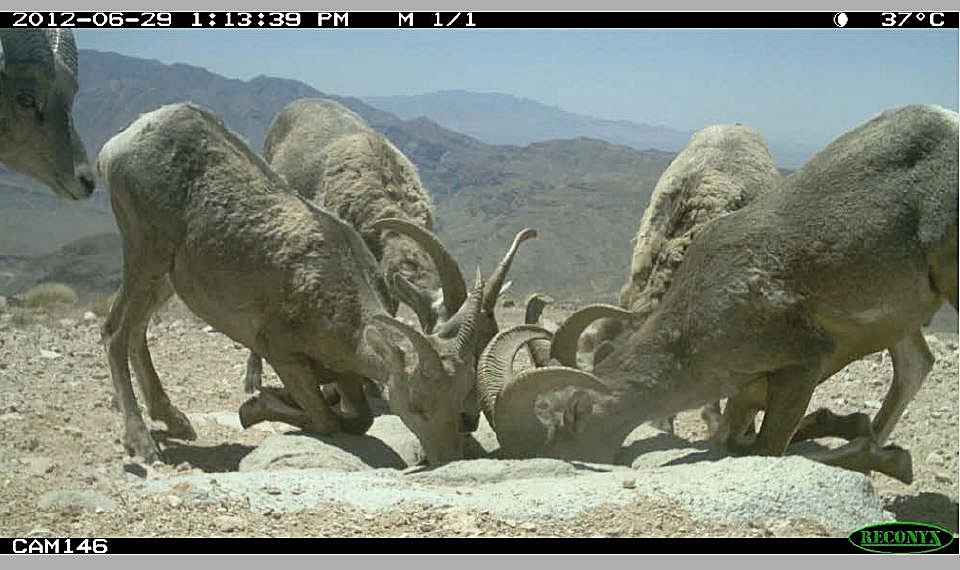
NOVEMBER
Trial date set for enviro charged with attempted livestock destruction, witness retaliation
An elderly anti-grazing activist with a reputation in southeastern Utah for childish pranks and environmental radicalism will soon face her day in court on charges related to a cattle endangerment incident earlier this year. In June, activist Rose Chilcoat and her husband, Mark Franklin, were charged on several counts for an apparent effort to prevent cattle from having access to water. She was charged with 2 felonies and 1 misdemeanor for her actions, while her husband was charged with trespassing on State Trust Lands. Her trial is set for January 31 of 2018, and that of her husband and accomplice, will begin the following day.
Background
Last April, two ranchers, Zane Odell and Zeb Dalton, whose grazing allotments are near Lime Ridge, which is an extremely arid area between the towns of Bluff and Mexican Hat, found evidence that someone had closed a gate on their property, preventing cattle from having access to a watering site. The ranchers’ allotments are on Utah’s School Trust (SITLA) Lands, and the men maintained the watering site and built a fence around it to better protect the source.
Odell had previously placed a trail cam at the watering site to record anyone who might enter the area, and so was able to capture images of the trespassers and their vehicle. A couple days after seeing the images on the trail cam, Odell and Dalton returned to repair the site’s pump and some pipes. While there, the ranchers saw the vehicle they had earlier recorded on the trail cam enter the area, and they ran to stop it.
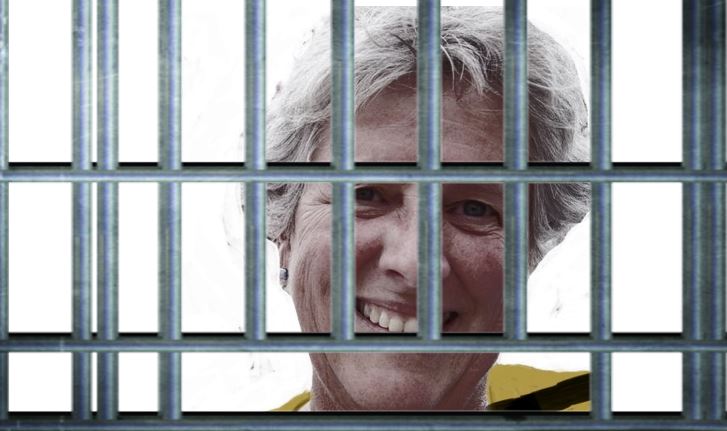
DECEMBER
Era of federal ‘sue and settle’ deals is over, and the greens are freaked
EPA Administrator Scott Pruitt recently issued a directive to end a 20-year string of “sue and settle” cases that have funneled untold millions of tax dollars to environmental organizations. Predictably, those groups and their allies are apoplectic about it. Many of these groups have grown from grassroots citizen movements to gigantic cash-flush conglomerates, with much of the cash coming from the government they appear to be fighting. Many now have separate legal arms with hundreds of attorneys, whose primary job is to sue the government and keep the cash flowing.
These organizations vehemently object to the phrase “sue and settle,” saying it oversimplifies a very complex legal procedure. But in fact, the strategy isn’t really very complicated at all.
Congress has created a mess, with all sorts of processes and procedures agencies must follow in making rules and decisions. Every step of the way, those decisions are subject to potential lawsuits. For entirely different reasons, Congress also authorized the government to pay the legal bills of people who are forced to sue to defend their interests against government overreach. It didn’t take long for clever organizations, and their allies in government, to figure out how to turn that combination into a massive public policy ATM.

Thank you for a great year. Please invite your friends to follow our daily news reports, and keep us going throughout 2018. Your support is our lifeblood!
[paypal_donation_button]
[wp_ad_camp_3] [wp_ad_camp_3] [wp_ad_camp_3]
[wp_ad_camp_2]
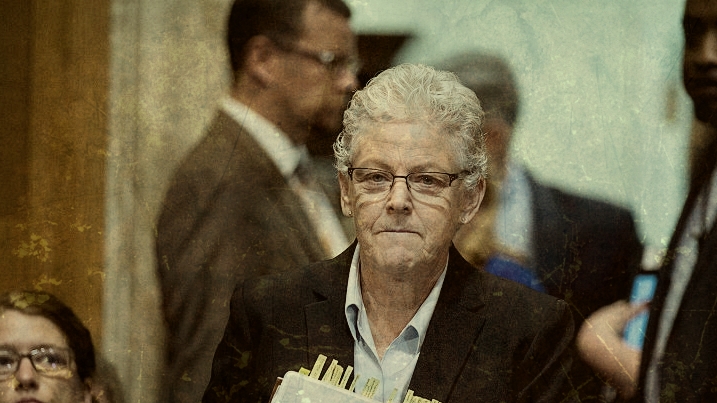
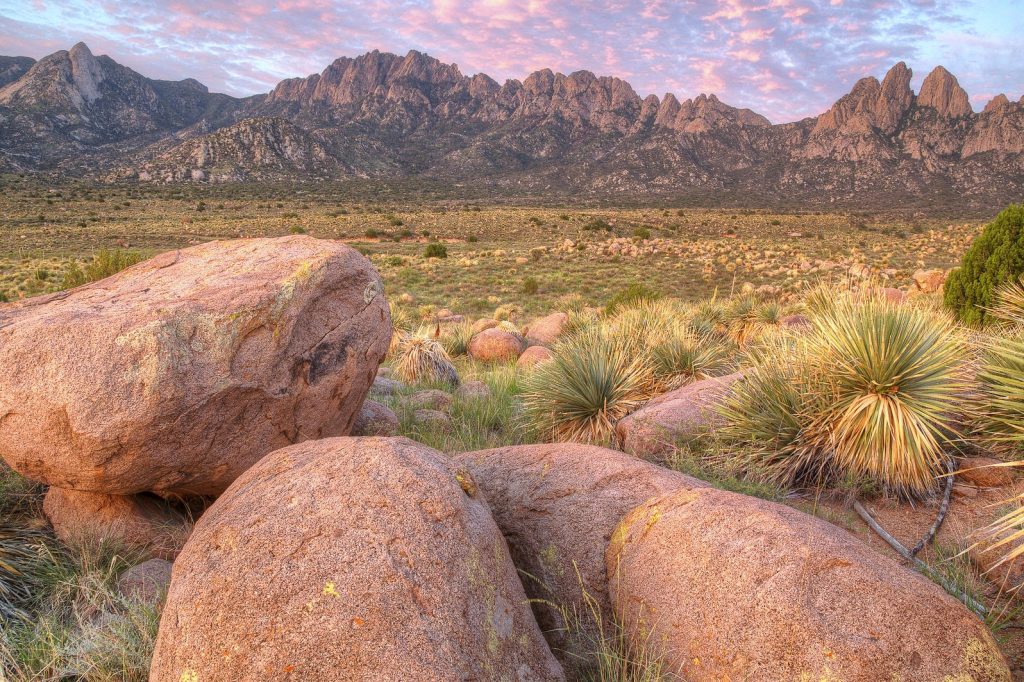
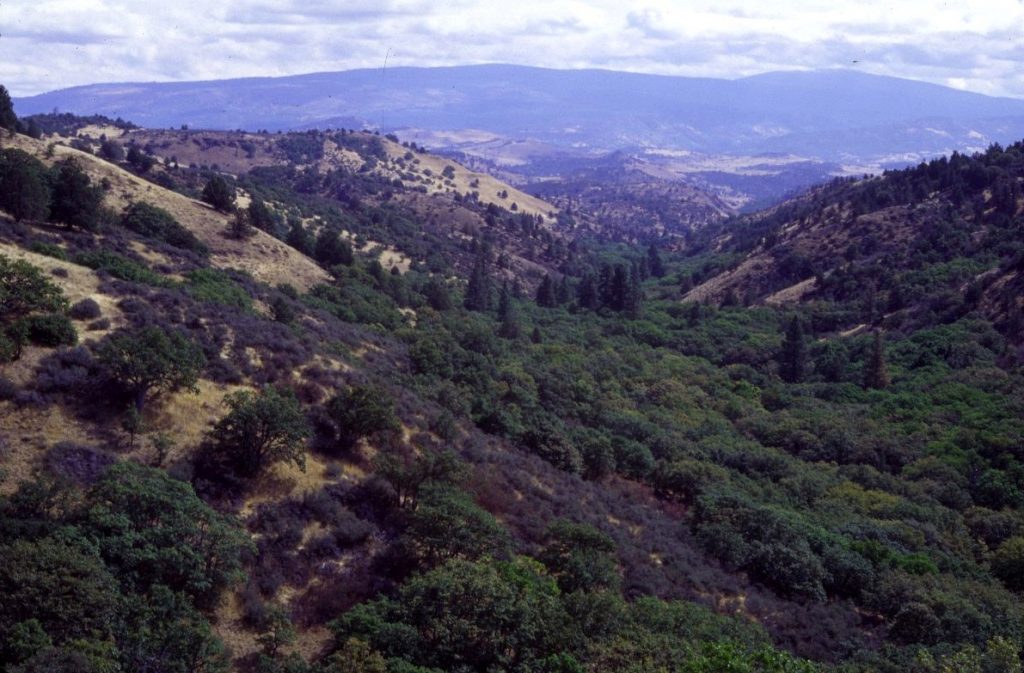
A great summary of significant events which show the overreaching of government bureaus gone awry. Keep digging, discussing, and disseminating these important stories.